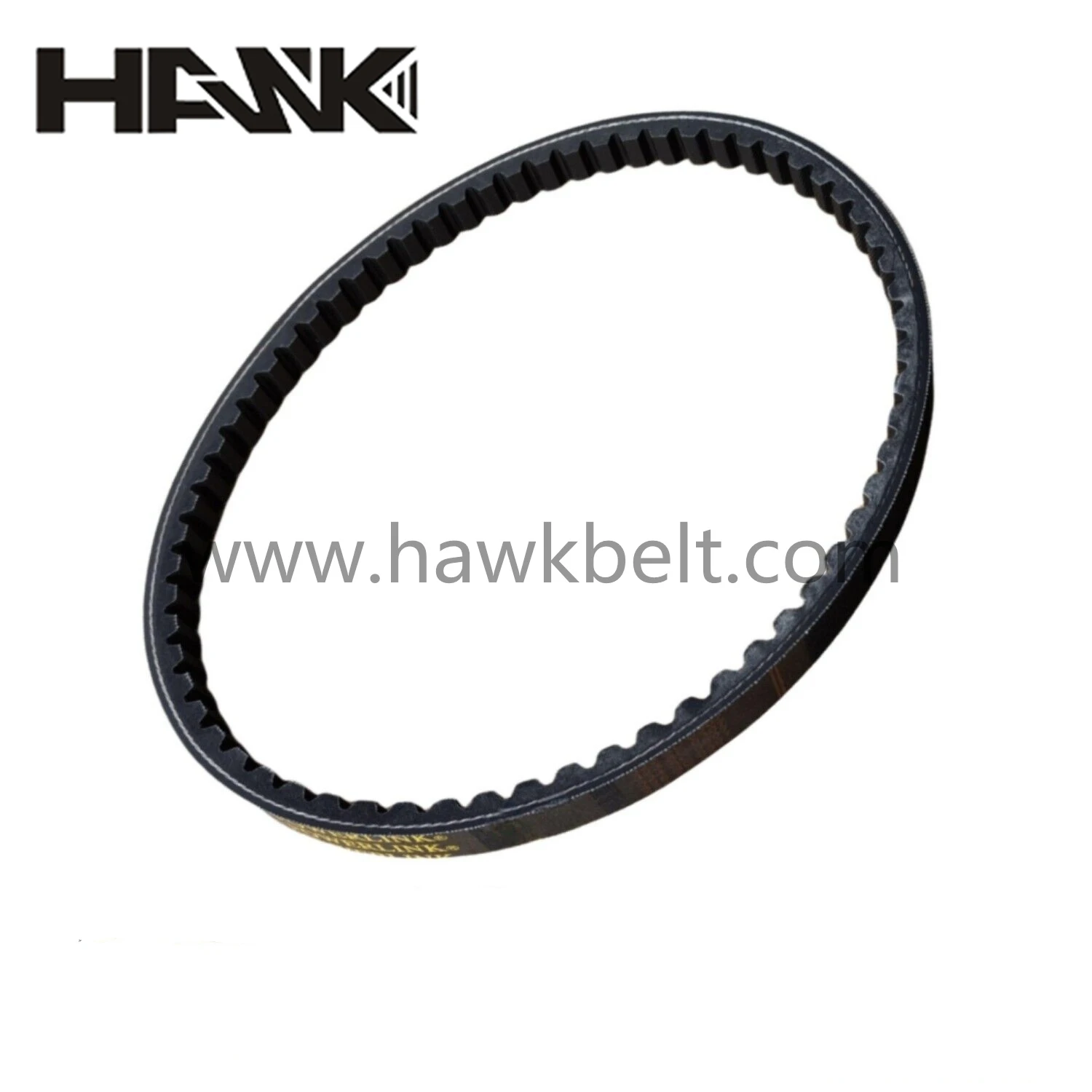- Arabic
- French
- Russian
- Spanish
- Portuguese
- Turkish
- Armenian
- English
- Albanian
- Amharic
- Azerbaijani
- Basque
- Belarusian
- Bengali
- Bosnian
- Bulgarian
- Catalan
- Cebuano
- Corsican
- Croatian
- Czech
- Danish
- Dutch
- Afrikaans
- Esperanto
- Estonian
- Finnish
- Frisian
- Galician
- Georgian
- German
- Greek
- Gujarati
- Haitian Creole
- hausa
- hawaiian
- Hebrew
- Hindi
- Miao
- Hungarian
- Icelandic
- igbo
- Indonesian
- irish
- Italian
- Japanese
- Javanese
- Kannada
- kazakh
- Khmer
- Rwandese
- Korean
- Kurdish
- Kyrgyz
- Lao
- Latin
- Latvian
- Lithuanian
- Luxembourgish
- Macedonian
- Malgashi
- Malay
- Malayalam
- Maltese
- Maori
- Marathi
- Mongolian
- Myanmar
- Nepali
- Norwegian
- Norwegian
- Occitan
- Pashto
- Persian
- Polish
- Punjabi
- Romanian
- Samoan
- Scottish Gaelic
- Serbian
- Sesotho
- Shona
- Sindhi
- Sinhala
- Slovak
- Slovenian
- Somali
- Sundanese
- Swahili
- Swedish
- Tagalog
- Tajik
- Tamil
- Tatar
- Telugu
- Thai
- Turkmen
- Ukrainian
- Urdu
- Uighur
- Uzbek
- Vietnamese
- Welsh
- Bantu
- Yiddish
- Yoruba
- Zulu
Dec . 24, 2024 18:19 Back to list
V-Belt Solutions for Power Tools and Machinery Performance Optimization
Understanding V-Belts for Tools A Comprehensive Guide
V-belts, also known as vee belts, play a crucial role in the operation of various tools and machinery. They are integral components in systems that require the transfer of power between shafts to perform mechanical tasks efficiently. This article aims to delve into the significance of V-belts in tools, their design, types, applications, and maintenance practices.
What is a V-Belt?
A V-belt is a type of mechanical belt that features a trapezoidal cross-section. This unique shape allows the belt to fit snugly into a matching groove of a pulley, which enhances frictional grip and allows for efficient power transmission. V-belts are made from various materials, including rubber and synthetic compounds, which offer durability and flexibility. Depending on the application, the manufacturing of V-belts may also include reinforcing fabrics and cords to provide strength and stretch resistance.
The Importance of V-Belts in Tools
V-belts are ubiquitous in numerous types of equipment, from industrial machines to household tools. They serve several vital functions
1. Power Transmission V-belts efficiently transfer mechanical power from motors or engines to other machine components. For instance, in woodworking tools like band saws and table saws, V-belts connect the motor to the blade, enabling it to cut through materials.
2. Speed Regulation V-belts facilitate the regulation of speed by employing different pulley arrangements. Adjusting the pulley sizes can effectively change the speed at which the driven component operates.
3. Load Distribution The design of V-belts allows them to distribute tension evenly across the surface of the pulley. This characteristic minimizes wear and tear on both the belt and pulleys, enhancing the overall lifespan of the equipment.
4. Shock Absorption V-belts can absorb shocks and vibrations, providing a smoother operation for tools and reducing the likelihood of damage from sudden load changes.
Types of V-Belts
There are several types of V-belts, each designed for specific applications
1. Classical V-Belts These are the most common type and are used in standard applications. They are available in specific sizes categorized by letters, such as A, B, C, etc., each denoting a particular width and height.
2. Narrow V-Belts Also known as metric V-belts, these belts are thinner and require less space, making them ideal for high-speed applications where compact design is essential.
v belt for tools

3. Cogged V-Belts Featuring notches along the length of the belt, cogged V-belts provide increased flexibility and better engagement with the pulleys, especially in applications requiring high torque.
4. Poly-V Belts These belts have multiple V-shaped grooves along their length, allowing them to transmit power more efficiently while requiring minimal space. They are commonly used in automotive engines and HVAC systems.
Applications of V-Belts
The applications of V-belts are extensive, ranging across various industries
- Automotive In vehicles, V-belts connect the engine's crankshaft to accessories like the alternator, water pump, and air conditioning compressor. - Agriculture Tractors and other agricultural machinery often utilize V-belts to drive various operational components, ensuring efficient performance in fields. - Manufacturing In assembly lines and manufacturing plants, V-belts are used to drive conveyor systems and various production equipment. - Home Tools Many household tools like lawnmowers, drills, and woodworking equipment depend on V-belts for their operation.
Maintenance of V-Belts
Proper maintenance of V-belts is crucial to ensure their longevity and optimal performance. Here are some best practices
1. Regular Inspection Periodically check for signs of wear, such as fraying, cracks, or glazing. Early detection can prevent sudden failures.
2. Tension Adjustment Ensuring the correct tension is vital. A belt that is too loose may slip, while one that is too tight can cause premature wear.
3. Cleaning Keep the V-belt and pulleys clean and free from debris, which can hinder performance and lead to excessive wear.
4. Replacement When a V-belt shows significant signs of wear, replace it promptly to avoid further damage to the machinery.
Conclusion
V-belts are an essential component in the realm of tools and machines, offering efficient power transmission and enhanced performance. Understanding their types, applications, and maintenance can significantly improve the reliability and lifespan of your equipment. Whether in industrial settings or home garages, taking care of these vital components ensures that your tools run smoothly and effectively.
-
Upgrade Power Steering Pump Belt for Smooth, Quiet Operation
NewsAug.27,2025
-
Precision Timing Belt & Chain: Engine Performance & Durability
NewsAug.26,2025
-
Precision Lathe Drive Belts: Durable & Reliable Performance
NewsAug.25,2025
-
84.5 Serpentine Belt: Durable & Precision Fit for Your Engine
NewsAug.24,2025
-
Premium Ribbed Drive Belts for Quiet Power Transmission
NewsAug.23,2025
-
High-Performance Vehicle Timing Belt for Engine Precision
NewsAug.22,2025

